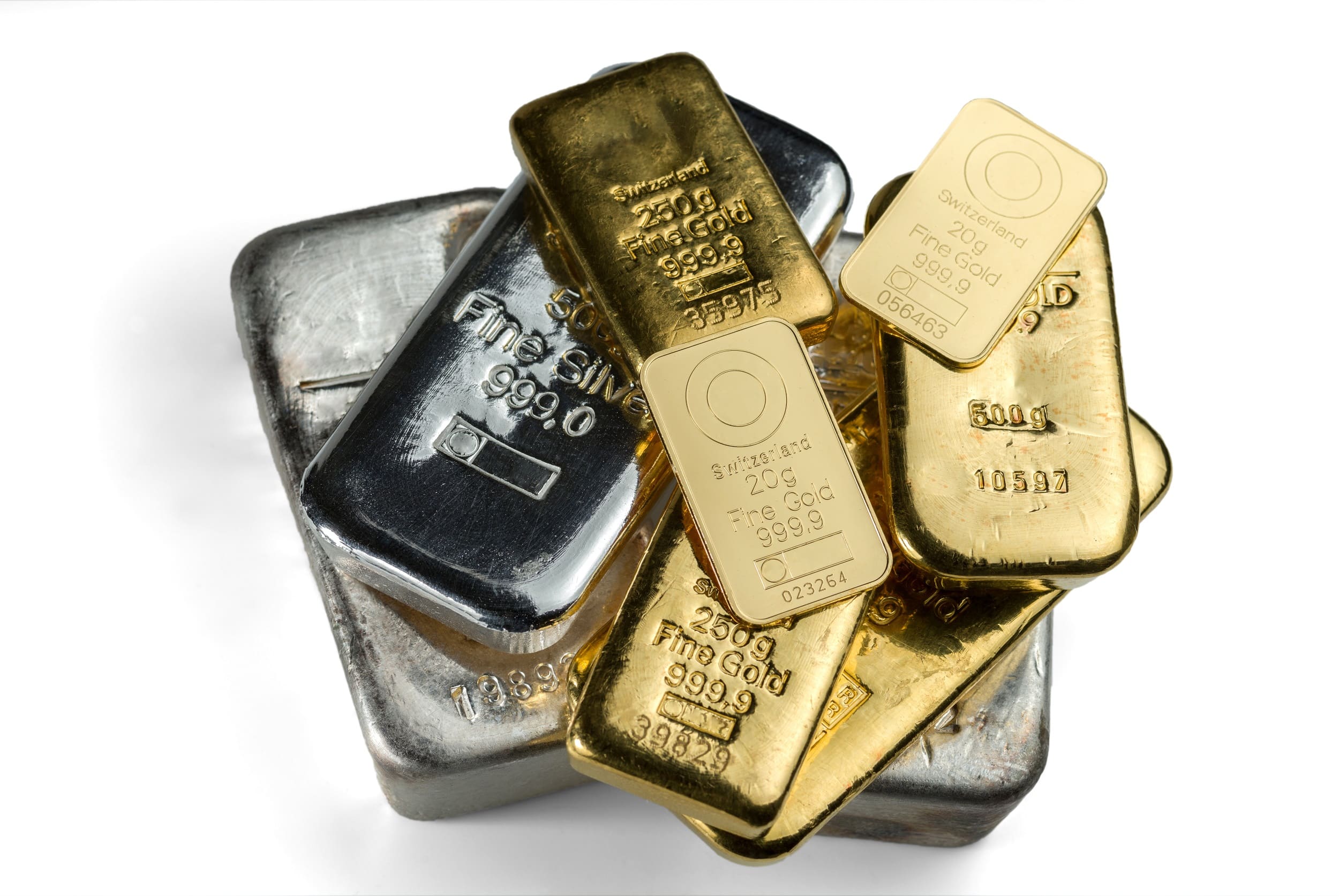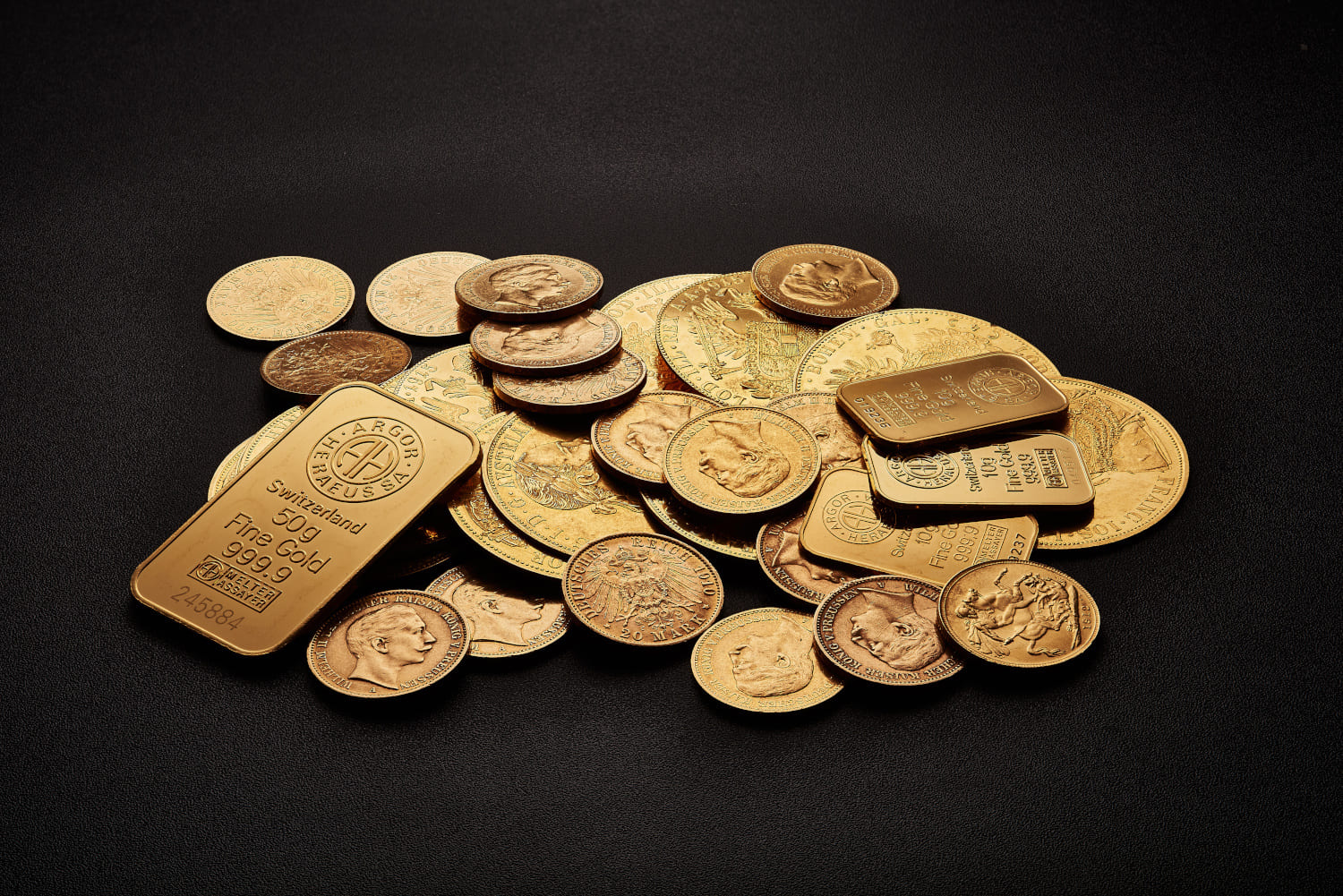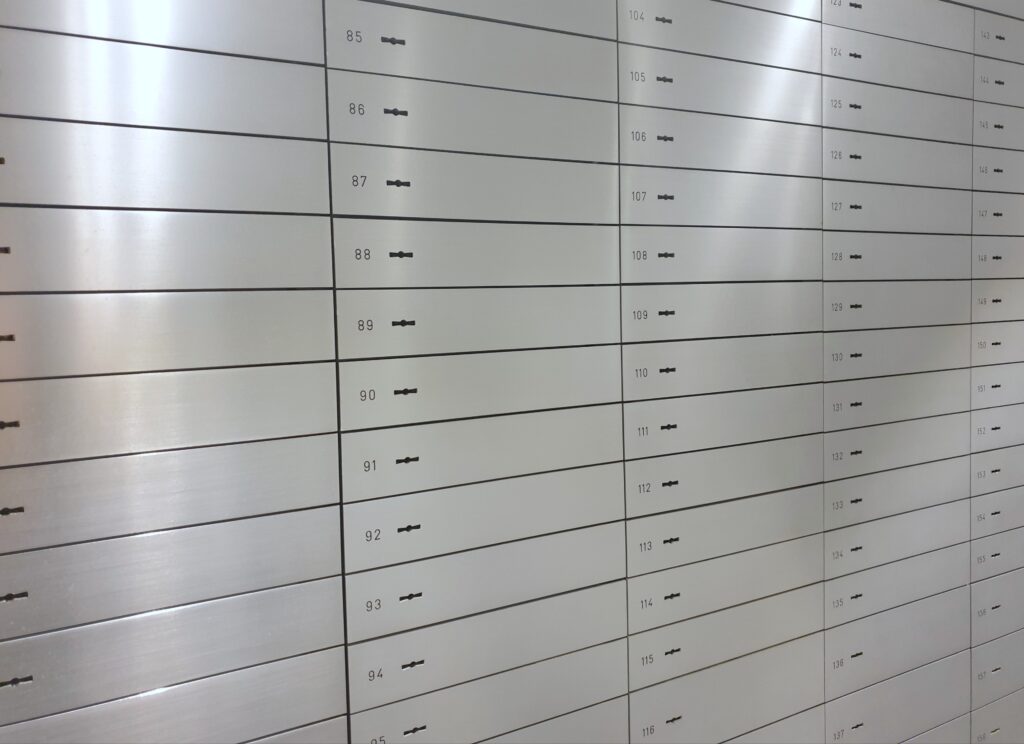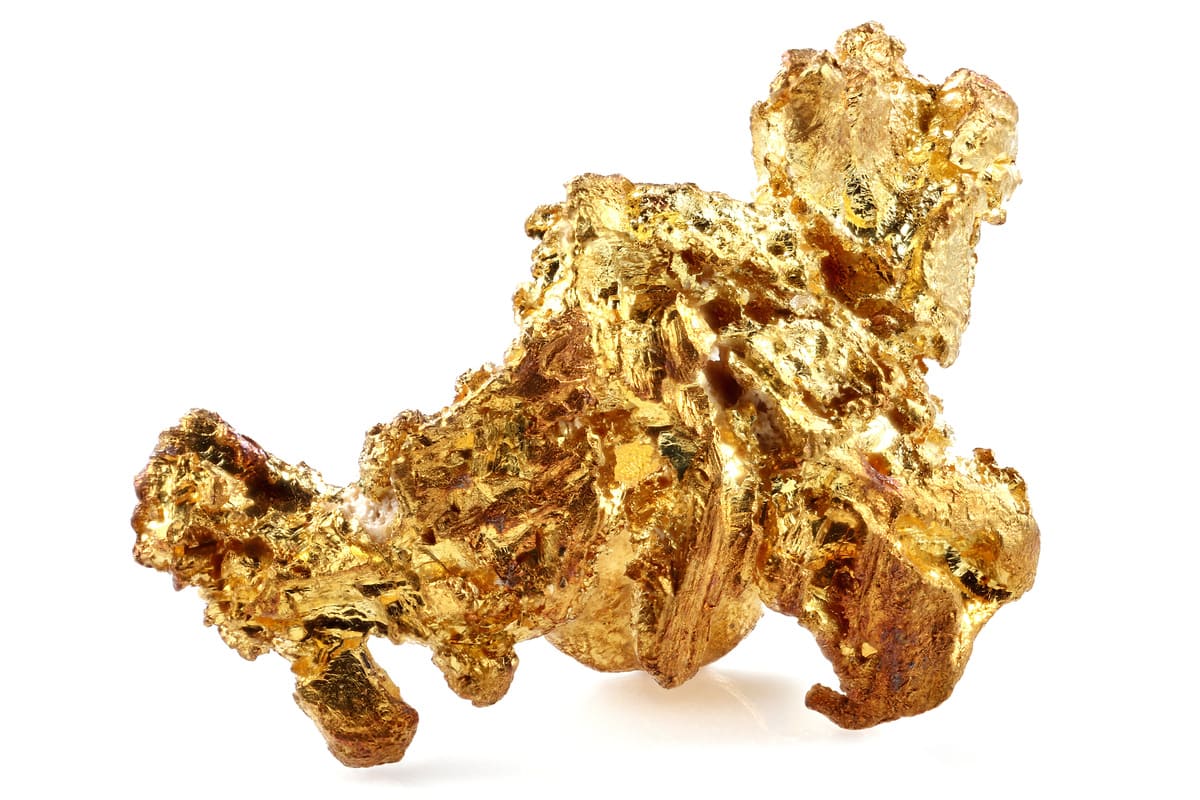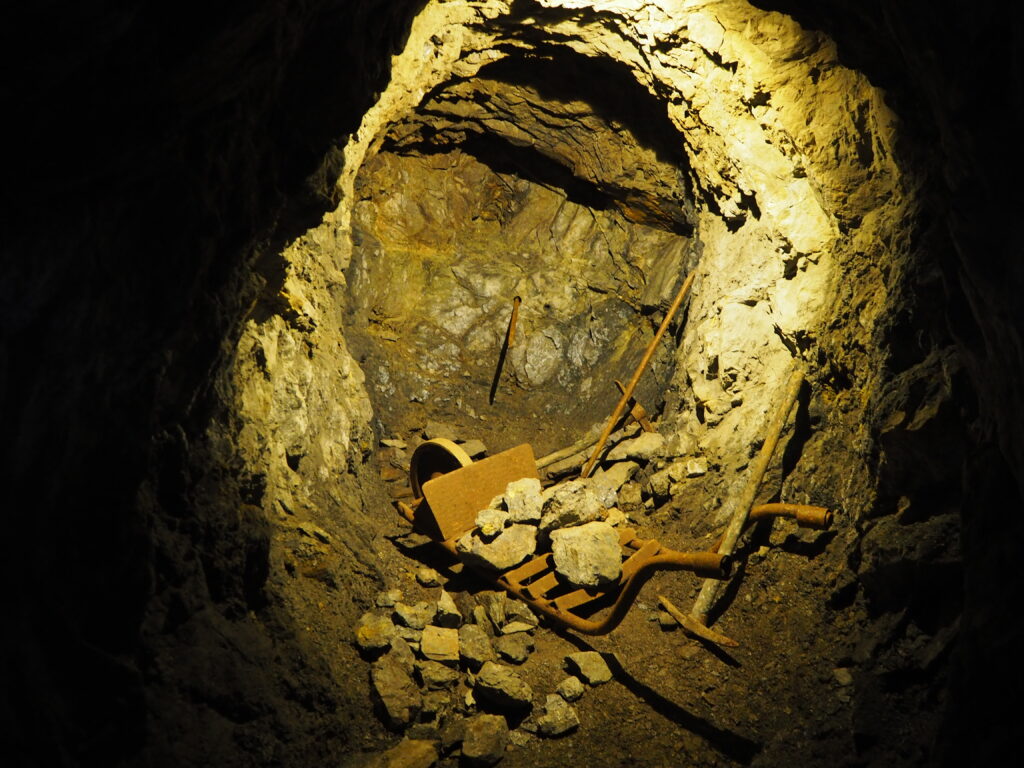LBMA – The London Bullion Market Association and Market
Additional information > The fundamentals of precious metals – a broad introduction to the basic principles > LBMA – The London Bullion Market Association and Market
The London Bullion Market
The London Bullion Market (a marketplace for precious metals and bullion) is an over-the-counter trading venue where the international price of silver and gold is set. Here, plenty of trading in gold and silver, as well as other important raw materials, takes place. The London Bullion Market looks back on a long history. Since 1919, the world market price for gold has been set there. Indeed, since 1897 the world market price for silver has also been set by it. No wonder the trading centre is one of the most important of its kind in the world.
The London Bullion Market Association
The London Bullion Market Association (LBMA) is a worldwide association of more than 145 companies from over 30 different countries. Members are predominantly banking institutions, traders, refiners, processors, producers and manufacturers. Active participation in the London market is a prerequisite for admission to the LBMA. Activities include, for example, mining, inspection or research. Individuals may not become members of the association and are consequently excluded. However, trading companies must also have been active in the market for at least five years and have also produced ingots for three years in order to belong. Smaller companies are forced to leave the LBMA by specifications relating to the trading volumes of at least 10 tonnes. So-called ‘clearing’ is the mechanism responsible for the closure of transactions. Five major banks, which have joined forces in the form of the London Precious Metals Clearing Limited (LPMCL) to regulate the clearing and settlement of mutual claims and liabilities. As of October 2019, the following banks belonged to the group:
- HSBC Bank
- ICBC Standard Bank
- J.P. Morgan Chase Bank
- Scotiabank
- UBS AG
Once a year, the London Bullion Market Association conducts an analysis survey on the prices of traded commodities. Each analyst must predict the expected trading range and the average price of the respective precious metal for the following year. Whoever comes closest to the real price range can look forward to a prize of one gold bar (1 troy ounce) the following year. The LBMA’s Annual Conference and frequent seminars introduce experts who demonstratively assess the market’s current issues. Generally speaking, a steady interchange is important to the London Bullion Market Association.
Good delivery bars and the good delivery system
Gold transactions can be processed via an electronic trading platform known as ‘AURUM’. Members usually act independently of one another and with their customers on their own terms, which means they assume responsibility for the full risk. Only certain types of gold and silver bars are allowed for such transactions, the so-called ‘good delivery bars’.
The term good delivery refers to the LBMA certification for manufacturers of certain precious metal bars. These mints will only receive this accreditation if they can reach the ‘good delivery standard’ and prove that they have done so. This ensures a consistent quality is maintained. The ‘Good Delivery Standard’ regulates how bars of gold and other precious metals generally look. For example, LBMA good delivery bullion ingots must have a weight of at least 350 troy ounces (a unit of mass of 10.9 kilos) and a maximum of 430 troy ounces (about 13.4 kilos). Only five Swiss mints are certified by LBMA and, therefore, on its current ‘Good Delivery List’. They are Argor-Heraeus SA, Metalor Technologies SA, Pamp SA, PX Pr̩ecinox SA and Valcambi SA.
The gold trade in London
The gold trading that takes place in London takes place between 8:00 am and 5:00 pm. It is arranged by so-called market makers, whose job it is to provide each other with buying and selling rates. The tasks associated with market makers are carried out by 14 banks including the LPMCL banks. The other market makers include:
- BNP Paribas
- Citibank
- Goldman Sachs
- Merrill Lynch
Normal members of the LBMA can buy and sell gold through the market makers, while only the five banks of the LPMCL are responsible for carrying out clearing.
Gold fixing
LBMA Gold Price: This is a live gold market price that is calculated twice a day. The first time it is announced is at 10:30 am and then once again at 3:00 pm London time. It is used as a price orientation internationally. In the past (from 1919 to 2015), this price setting was called ‘gold fixing’. The most recent fixing banks were Barclays, HSBC, Societe Generale and Deutsche Bank. Because of too many accusations and a certain lack of transparency, since 20th March 2015, the pricing is set differently from how it was before. The gold price is now determined electronically by the participants. Responsible for the supervision of this process is the ICE Benchmark Administration (IBA). In addition to the aforementioned gold fixing, there is also a similar process for silver fixing.
Summary:
- The London Bullion Market is a trading venue where the price of silver and gold is fixed.
- LBMA stands for the London Bullion Market Association.
- LBMA-certified companies guarantee the consistent quality of precious metal ingots with good delivery bullion.
- Gold fixing is the process for determining the price of gold.


